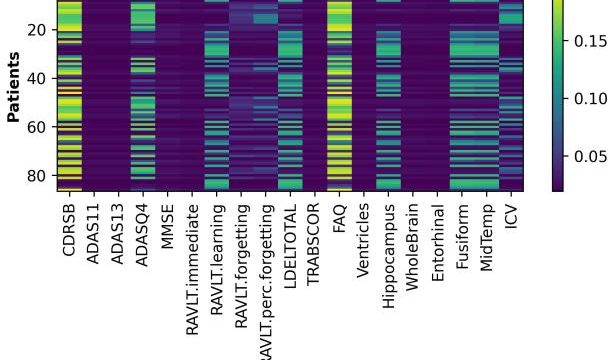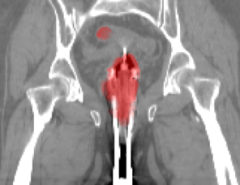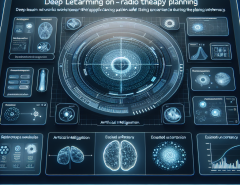Authors: Mohammad Al Olaimat, Serdar Bozdag
Published on: January 26, 2024
Impact Score: 8.45
Arxiv code: Arxiv:2401.14694
Summary
- What is new: Introduction of Time-Aware RNN (TA-RNN) and TA-RNN-Autoencoder (TA-RNN-AE) architectures for interpreting EHR data, specifically addressing the challenge of irregular time intervals between clinical visits.
- Why this is important: Existing deep learning models do not effectively address irregular time intervals in EHR data or provide adequate interpretability.
- What the research proposes: The proposed TA-RNN and TA-RNN-AE models incorporate time embedding for irregular intervals and employ a dual-level attention mechanism for interpretability.
- Results: Achieved superior predictive performance on Alzheimer’s Disease and mortality prediction using the ADNI, NACC, and MIMIC-III datasets, demonstrating enhanced results with the inclusion of time embedding and attention mechanisms.
Technical Details
Technological frameworks used: nan
Models used: Time-Aware RNN (TA-RNN), TA-RNN-Autoencoder (TA-RNN-AE), dual-level attention mechanism
Data used: Alzheimer’s Disease Neuroimaging Initiative (ADNI), National Alzheimer’s Coordinating Center (NACC), Medical Information Mart for Intensive Care (MIMIC-III)
Potential Impact
Healthcare providers, hospitals, and companies specializing in healthcare analytics and patient data management systems could benefit from the deployment of these models.
Want to implement this idea in a business?
We have generated a startup concept here: InsightPredict.



Leave a Reply